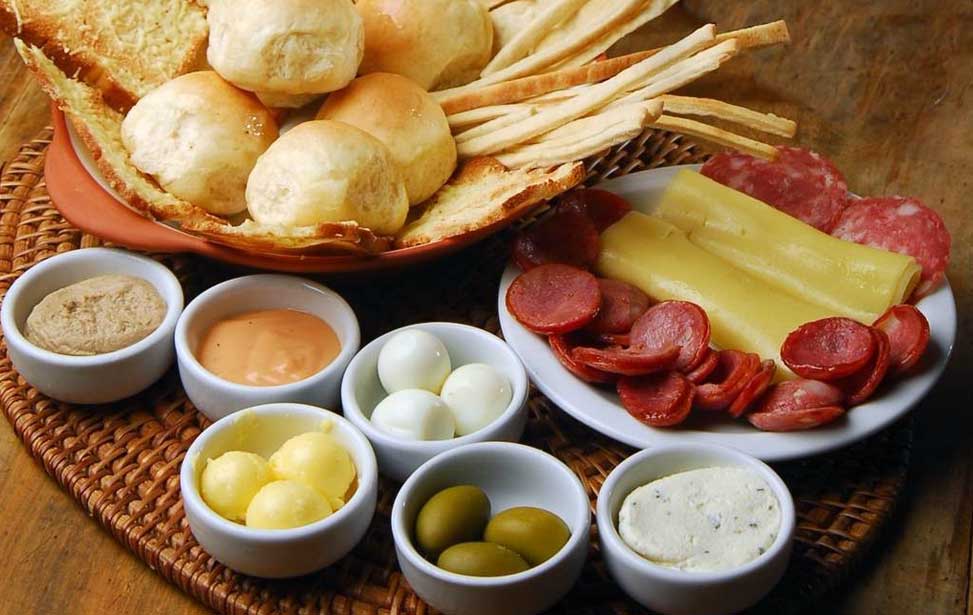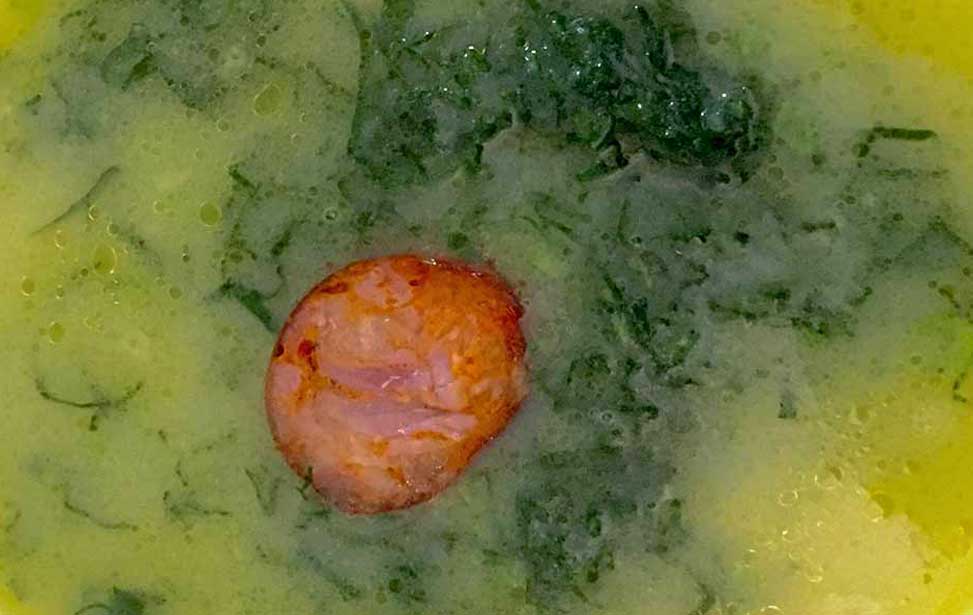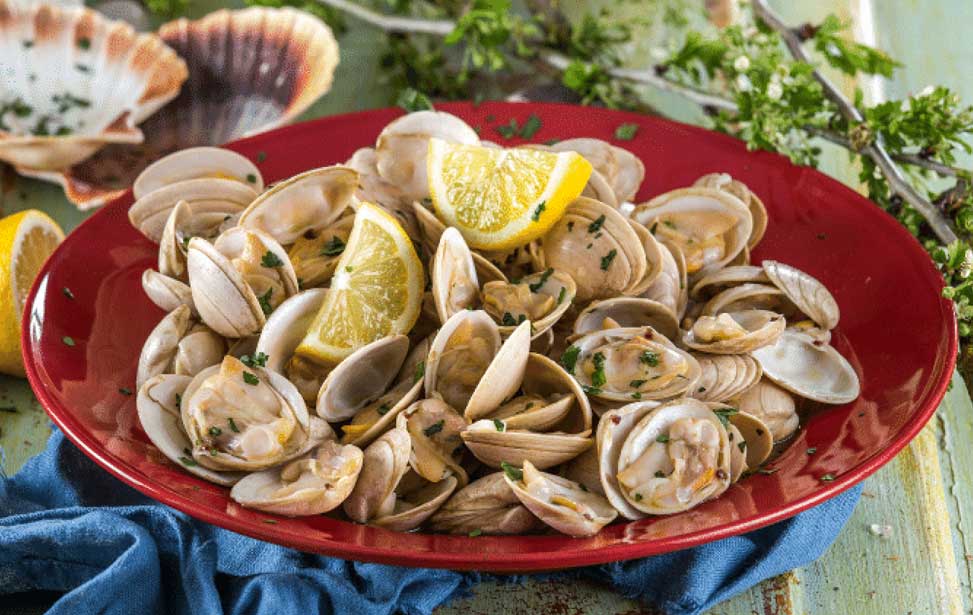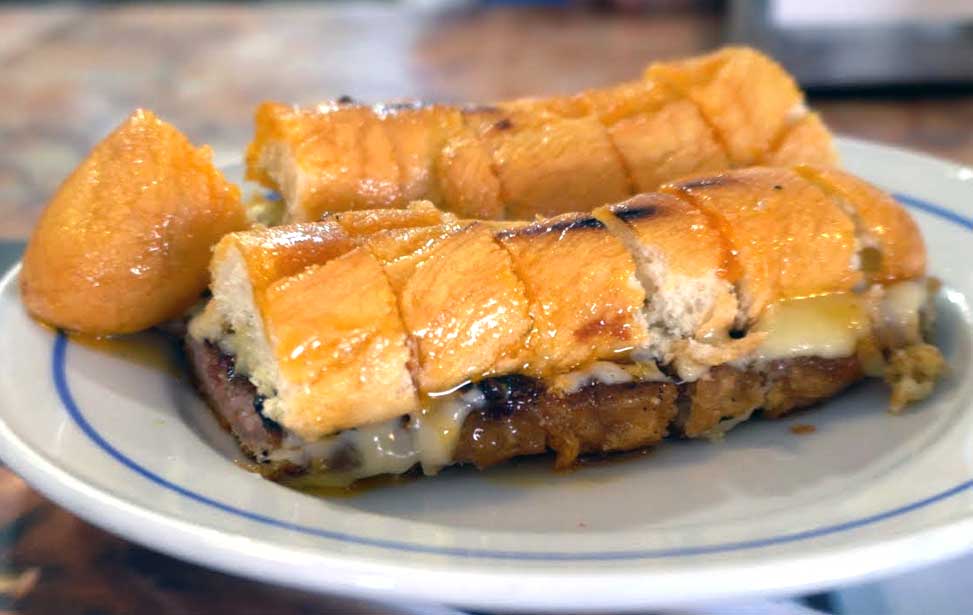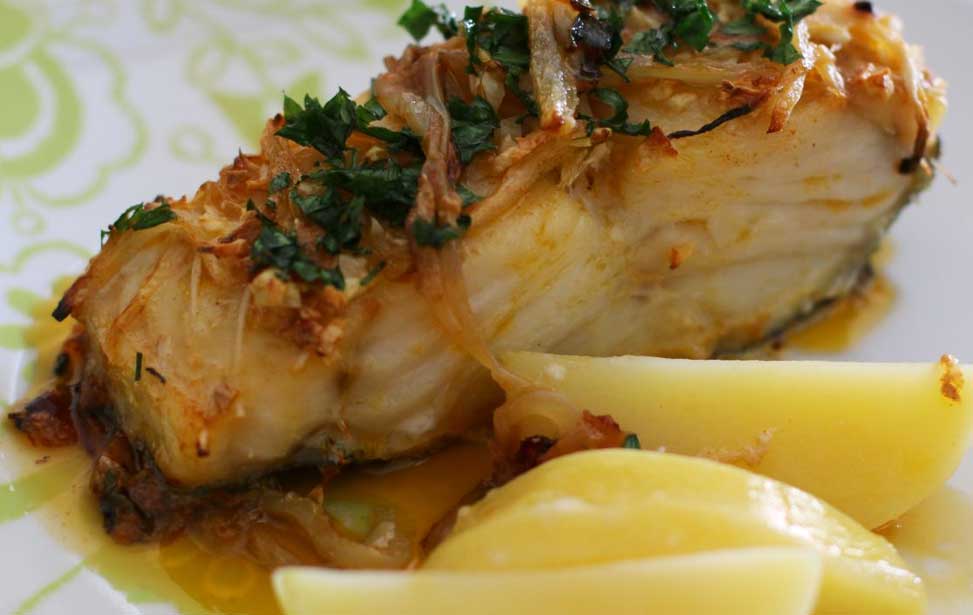GASTRONOMY OF PORTO
Porto's gastronomy is as diverse and vibrant as the city itself, offering a delightful mix of traditional flavours and modern culinary innovation. The city boasts a plethora of dining options, from charming family-run Tascas and elegant Art Nouveau cafés to affordable eateries and Michelin-starred fine dining restaurants. Porto's culinary scene is experiencing a renaissance, driven by a new generation of adventurous Portoenses who are eager to embrace fresh, exciting influences alongside their cherished traditional fare.
For a true taste of Porto, you simply must try some of the city's iconic dishes. Dive into a Francesinha, a hearty sandwich layered with meats, covered in melted cheese, and smothered in a rich beer sauce. Or savour the famous Bacalhau à Gomes de Sá, a comforting casserole of salt cod, potatoes, and onions. For seafood lovers, the Mercado do Bolhão market is a must-visit, where you can enjoy freshly grilled sardines at unbeatable prices, providing a truly local experience.
If you're on a budget, head to the Baixa area around Praça da Batalha, where you’ll find a variety of inexpensive dining options, especially near the university district. Whether you're a foodie or a casual diner, Porto's gastronomic delights are sure to leave you craving more…


 MAD ABOUT LISBON
MAD ABOUT LISBON MAD ABOUT SINTRA
MAD ABOUT SINTRA MAD ABOUT PORTUGAL
MAD ABOUT PORTUGAL


